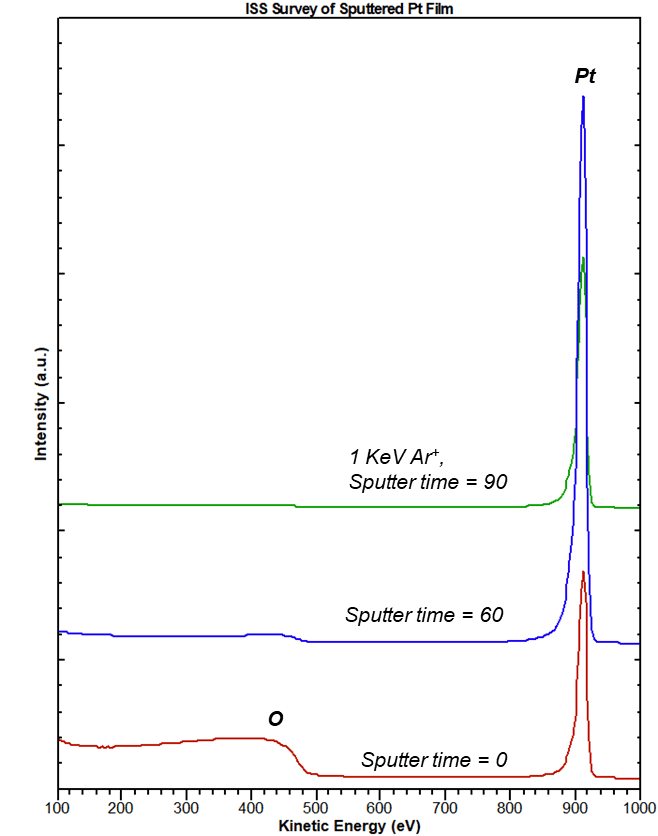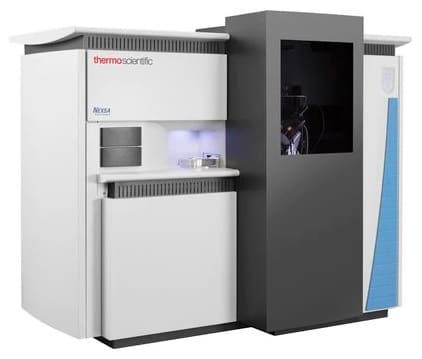Ion Scattering Spectroscopy (ISS)

Ion scattering spectroscopy (ISS) provides quantitative elemental composition information from the very outermost atomic layer of a surface.
Strengths
- Maximally surface-selective: signal isolated from outermost atomic monolayer
- Highly sensitive, quantitative elemental composition
- No calibration standards required for quantification
- Nondestructive analysis
- Can measure buried interfaces via depth profiling
Limitations
- Difficult to accurately measure light-element films over heavy-element substrates
- Surfaces must be clean to get good results


